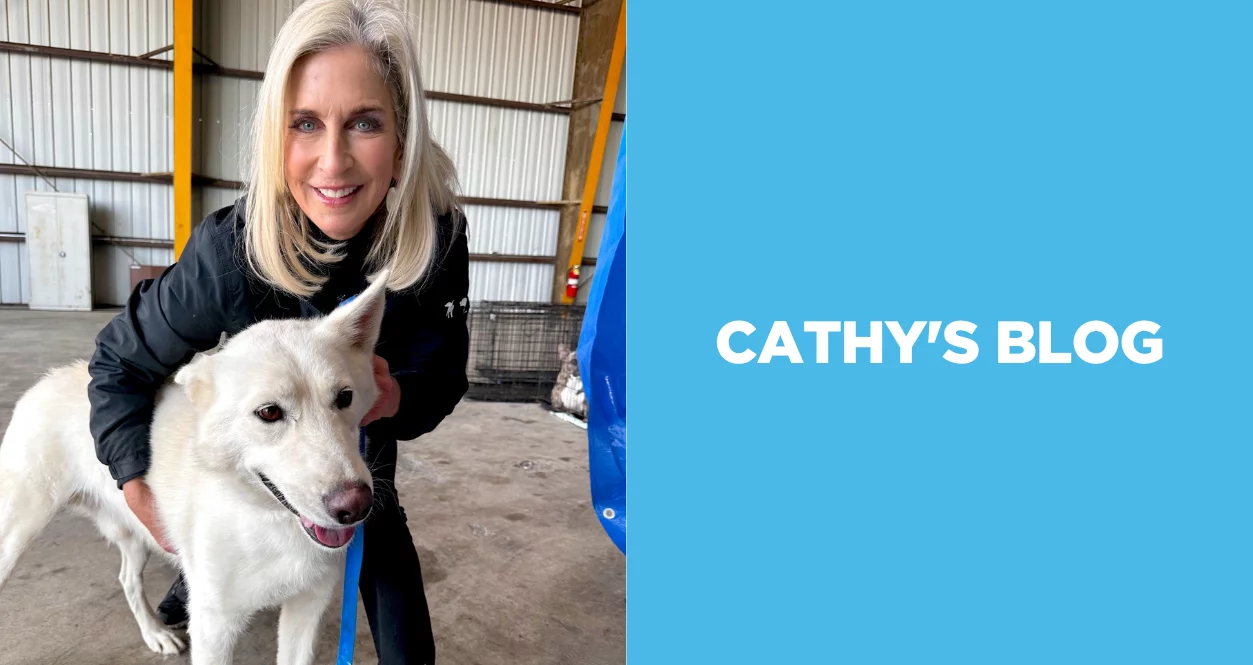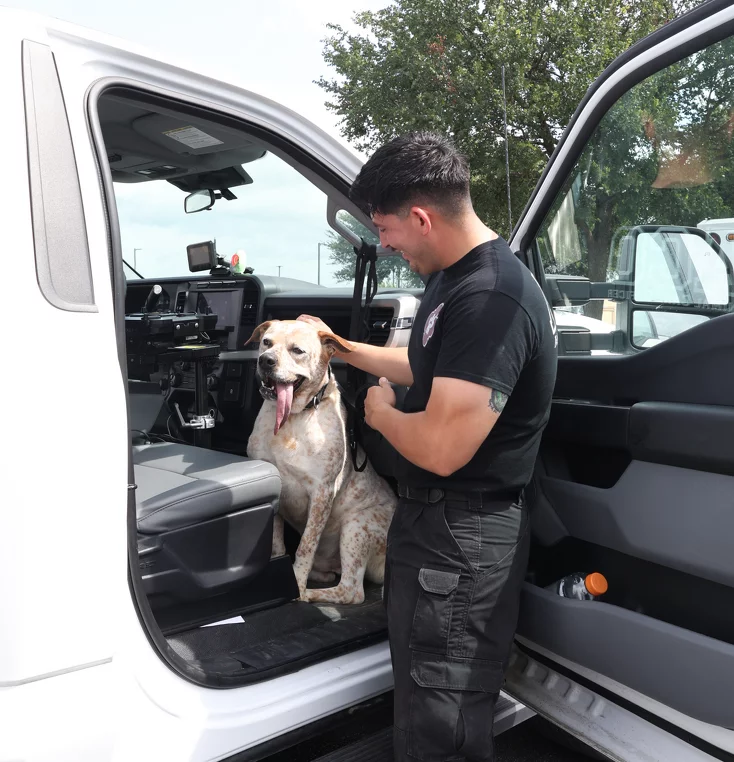Euthanasia Lists Are Not the Answer
At BISSELL Pet Foundation, we see a direct connection between publishing euthanasia lists and pet suffering. Our goal at BPF, and collectively in animal welfare, is to save lives. We must work together to stop the endless cycle of frantic reactions to social media posts that lead well-intentioned people and groups to place pets in unhealthy and dangerous situations, all in the name of “lifesaving.”
While shelters need to be transparent about the pressure they face due to lack of space or other issues that bring euthanasia into the conversation, we as an industry need to find a safer way to communicate the urgency and place pets. At BPF, we are spending an extraordinary amount of time and resources to find solutions for cats and dogs pulled from animal shelters by rescuers who do not have the ability to care for them. By the time a situation reaches us, it is a bonified crisis for the pets and the organizations trying to undo the damage.
No one wants any pet euthanized for space. Our nation’s shelters are full. We are all grateful when pets are pulled from shelters and placed into safe rescue. So, what’s wrong when pets are pulled because their faces are on a published euthanasia list? Often, the public outcry about the lists leads people to “save” pets with no plan, space, knowledge of the pet’s history, or resources to care for the pet. At BPF, we have lost count of the number of groups that have failed or, worse, been charged with animal cruelty, with the explanation, “If we did not pull them, they would have been euthanized.”
In the past year, we have seen previously healthy dogs and cats living in filthy houses stacked in crates or chained and left to die on properties; experiencing flea infestations, starvation, untreated infected wounds, broken limbs from fighting, and a myriad of other horrifying conditions stemming from long-term neglect. At best, the pets will end up back in the shelter system, often in another state, where they must be nursed back to health, yet many do not make it. The receiving shelters become overwhelmed, causing local pets to be displaced, or worse, their pets are euthanized for space because the pets from the crisis cases are evidence and must be held.
Simply put, pets pulled from shelters to avoid euthanasia sometimes endure unimaginable suffering only to be placed in a different shelter, where other pets might have to be euthanized to make space for them. What began as a noble act spiraled into a cycle of cruelty. This is happening in communities across the country.
How did we get here?
Published euthanasia lists get urgent responses from the public, meaning pets will move out of the shelter. But at what cost? Many rescue groups are relentlessly pressured and threatened by endless online messages from people scrolling the internet for these lists. Facing criticism and fear of saying “no,” even the best of the best rescue groups are riddled with compassion fatigue, leading to bad decisions.
Rescue groups or individuals pulling dogs and cats beyond their capacity are often one step away from disaster. Overcrowded foster homes rotate pets in and out of crates to house more pets and pray for a miracle at the next adoption event, yet they are pushed to take more. Dogs with behavioral issues on euthanasia lists may end up in foster homes with 10-15 other dogs. These dogs do not receive the attention they need to support their issues, and the situation can go from chaotic to dangerous. We have received reports of 30 or more dogs in one foster home cared for by a single person. Imagine how overwhelming that is! Our vital rescue community is broken and overwhelmed.
Where do we go from here?
As people who care passionately about animals, we all can take steps that will result in better outcomes for pets and the people caring for them.
The messaging must change from shelters and other groups posting euthanasia lists.
- Please stop sharing triggering messages like, “Code Red! Rover has until Friday!” with Rover’s cute face. This villainizes the shelter in the eyes of the community. No one will want to go that shelter to adopt their next pet, especially if outside groups inaccurately label them as a “kill shelter.” This language prevents people from visiting the shelter, helping them, or supporting them financially and the community’s pets suffer in the long term. Those same posts result in unprepared groups pulling a pet.
- Instead, posts should communicate pet numbers, removing individual identification and pictures. Example: “If twenty pets are not pulled this week, we will have to euthanize for space. Please come in and look at our available pets today.” This language will lessen the negativity toward the shelter and allow rescuers to choose pets that fit their program.
Rescue groups or individuals rescuing pets need to stand on their principles.
If you are feeling pressured to take pets on euthanasia lists, ask yourself these questions:
- Does my group have the space for this pet?
- Do we have the resources to care for this pet?
- Will we be able to adopt this pet out through our program in a timely manner?
If the answer to any of these questions is no, do not pull the pet. Shelters need to ask the same questions of the groups pulling from them. Shelters, your responsibility does not end when the pet walks out the door—your pets are counting on you to put them in safe hands.
Increase outreach and support to peer organizations.
- If your shelter has space and the nearby municipal shelter is overcrowded, please consider transferring in some of their pets. No one is winning if one shelter is empty while another nearby is making difficult decisions.
This is a community problem. People don’t have access to and cannot afford to spay and neuter their pets, leading to unwanted litters filling our nation’s shelters. This results in overcrowding and difficult decisions. High-impact programs are essential to future population control, such as BISSELL Pet Foundation’s Fix the Future™, which allows people to access spay/neuter for $25 or less. We can’t “rescue” our way out of this problem; we need to address the root cause.
Please know that nobody wants to euthanize pets. The honest truth is that there are too many pets, and there is no place for them to go. It is heartbreaking. But is euthanasia worse than slowly suffering to death in a filthy crate in a house full of barking dogs? Please, make the humane choice.
We all must do better for our nation’s homeless pets. They are counting on us.
Until every pet has a home,



